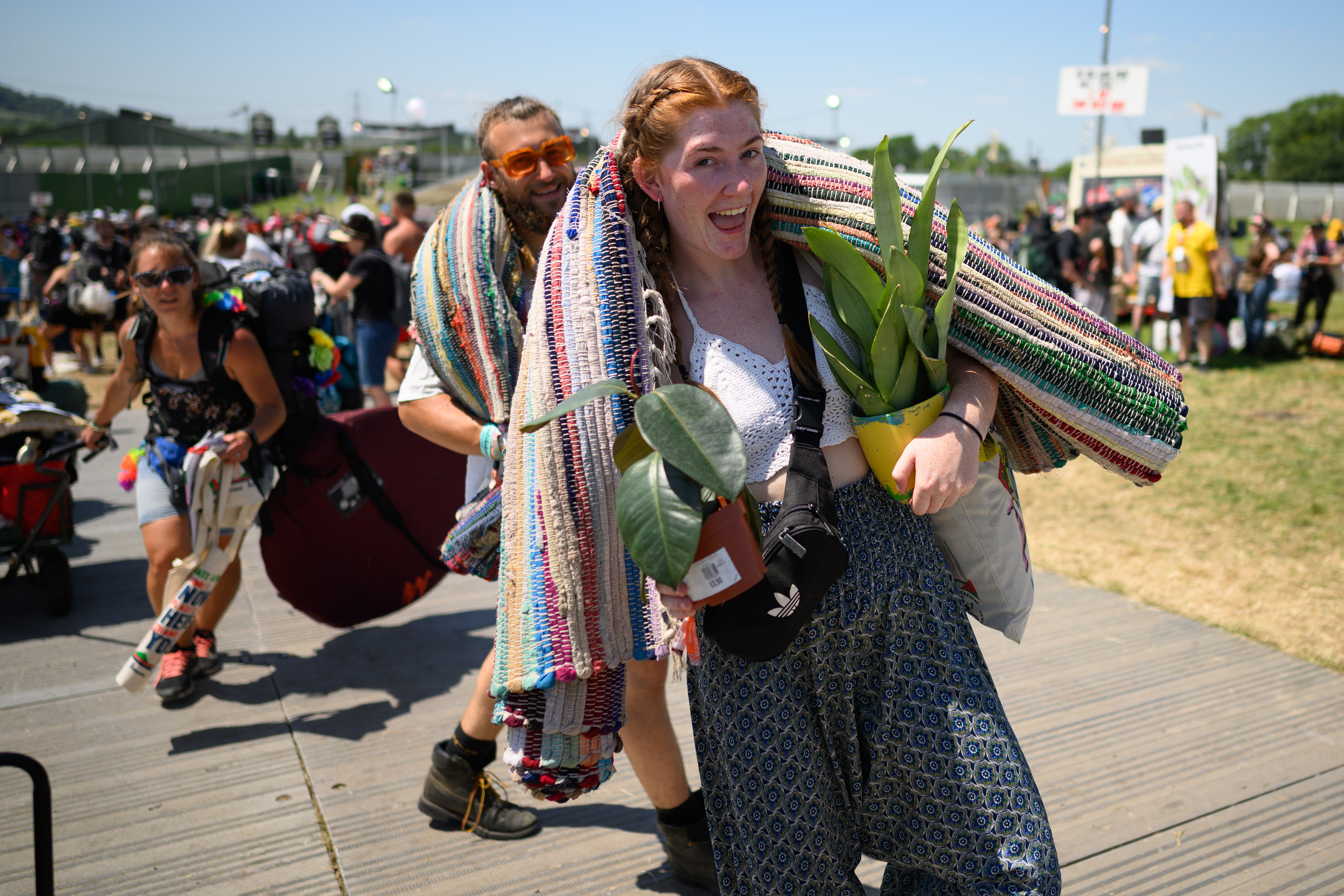
Glastonbury has finally returned, after a two-year hiatus due to the pandemic.
The iconic music festival, which is usually held every year in Worthy Farm, Somerset, has been going for more than half a century.
Here’s a brief look at the origins of one of music’s biggest events...
In 1970, Michael Eavis, a farmer from Somerset, decided to stage a festival to pay off his overdraft.
Called the Pilton Pop, Blues & Folk Festival, the event attracted roughly 1,500 people on Saturday 19 September.
Tickets to the festival cost £1 and, with Eavis being a dairy farmer, free milk was provided.
While the original line-up was supposed to include The Kinks, they were replaced by T-Rex.
After the event was a success, Eavis staged a number of subsequent festivals at irregular intervals over the next decade. For a while, it was known as Glastonbury Fair, before being renamed Glastonbury Festival.

In the 1980s, it became an annual event, and had started to build its reputation as one of the world’s foremost music festivals.
The Independent will be liveblogging Glastonbury from 23 June.
You can find the latest weather forecast for Worthy Farm here.
Everything else you need to know about Glastonbury Festival can be found here.
Glastonbury co-organiser Emily Eavis has spoken of the emotional moment her father opened the gates to Worthy Farm.

“To actually be able to see people there and welcome in, watch them streaming in and running to pitch their tents up… it’s an amazing feeling,” Emily Eavis told Lauren Laverne in an interview with BBC Radio 6.
“We were doing so much towards the 50th [anniversary], obviously some of that is still playing out this year and we’ve melded all these ideas into this one festival.
“I think every detail and part of the process has been devoured and savoured by everybody, it’s so precious.”







